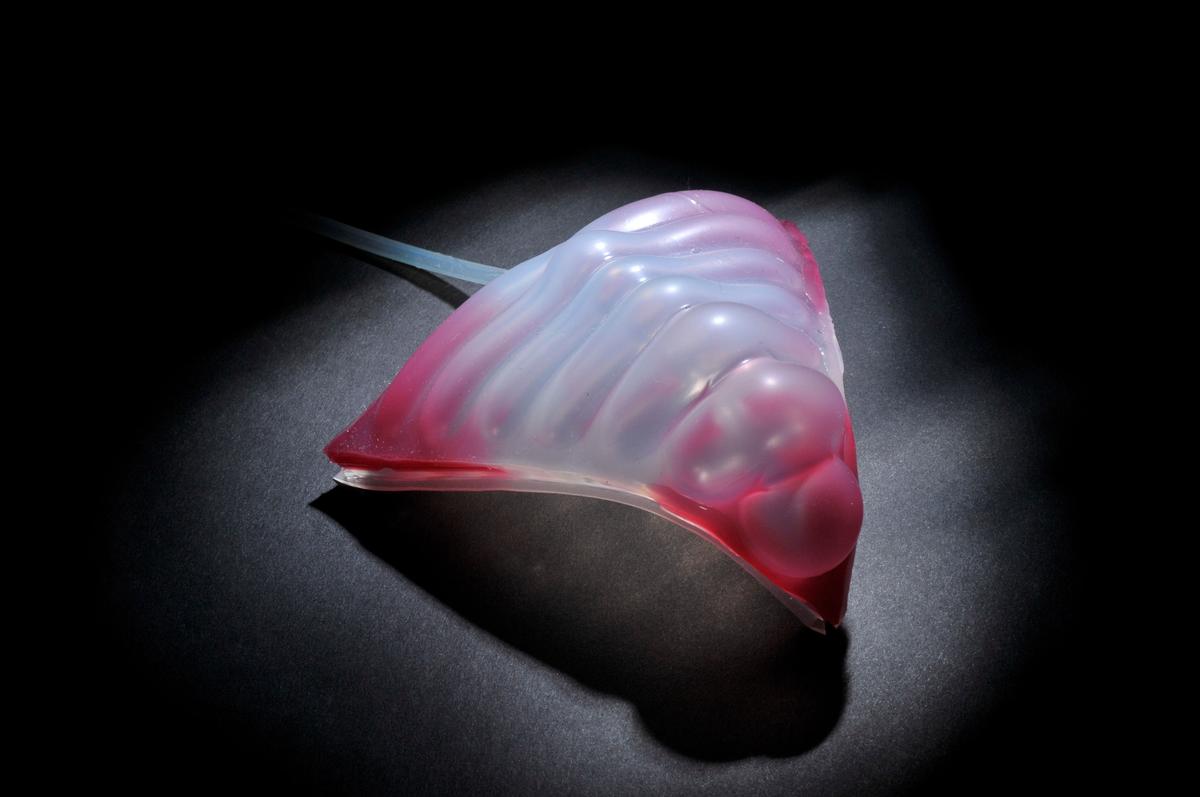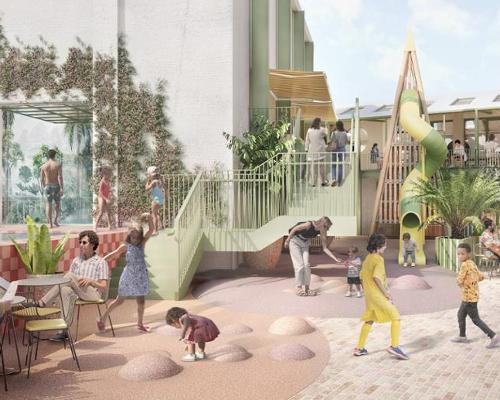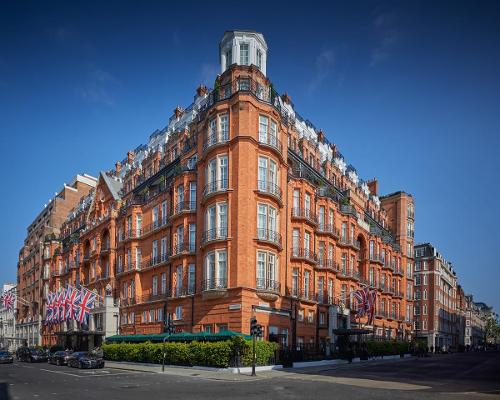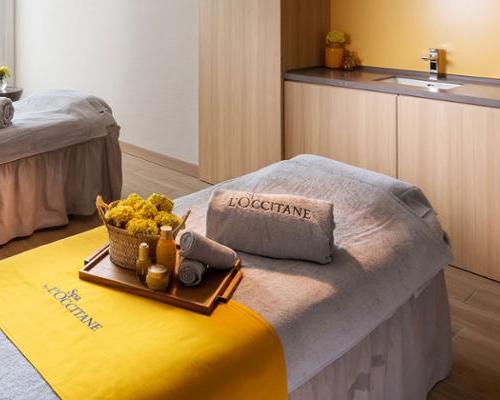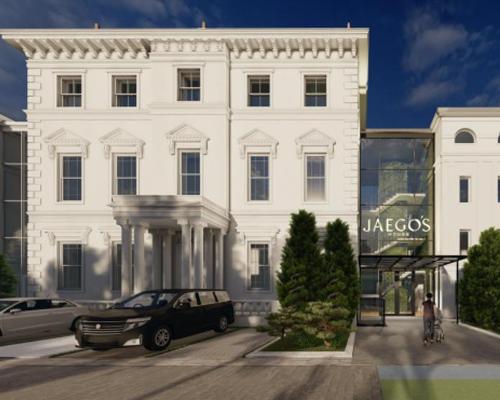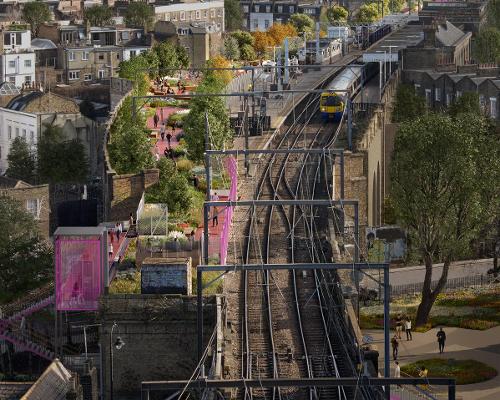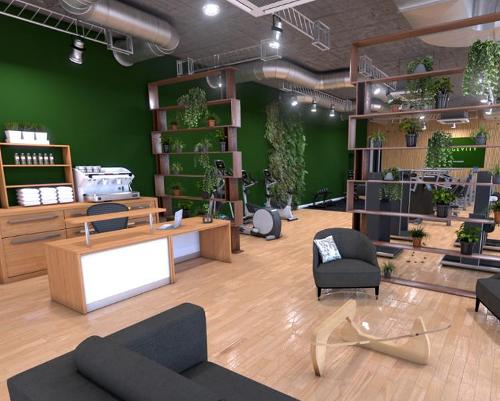Will buildings of the future change shape to respond to your behaviour? Possibly, say researchers at the University of New South Wales (UNSW) Built Environment.
Computational design students at UNSW Built Environment in collaboration with Arup Group have revealed the “Centaur Pod”, an interactive meeting room which–when completed in 2019– will have the protean ability to learn from and adapt to external stimuli.
According to UNSW Professor Hank Haeusler, the Centaur Pod–appropriately named after the mythological hybrid–will imitate robotic artificial intelligence (AI) by using a kind of memory process to analyse body movements. The sensory information acquired from these observations will stimulate the Pod to rearrange its structure.
“At the moment, a human can be in the same space as a robot and can interact in the space with the robot, but what we want to do is make space itself become the robot,” Haeusler said in a statement.
The professor expressed that his colleagues’ findings could have global ramifications for the ways engineers and architects incorporate biomimicry into their designs.
“We try to push as much as possible the boundaries of conventional architecture and design, and explore what machine learning, biomimicry or creative robotics have to offer for spatial design to use this knowledge as a seed to develop architectural design projects,” he explained. “We’re looking at how digital fabrication and robot fabrication could shape the way we build buildings or structures.
The UNSW team is currently working on the specifications of the Pod, which could be built as a six to nine-metre pavilion. The design appears to be modelled after “Furl”, an adaptive robotic pavilion designed in 2014 by students at the UCL Bartlett School of Architecture.
Also known as the "Soft Pneumatic Pavilion", Furl utilised electroencephalography (EEG) and kinetic responsive architecture to 'read' minds and respond to its surroundings.



